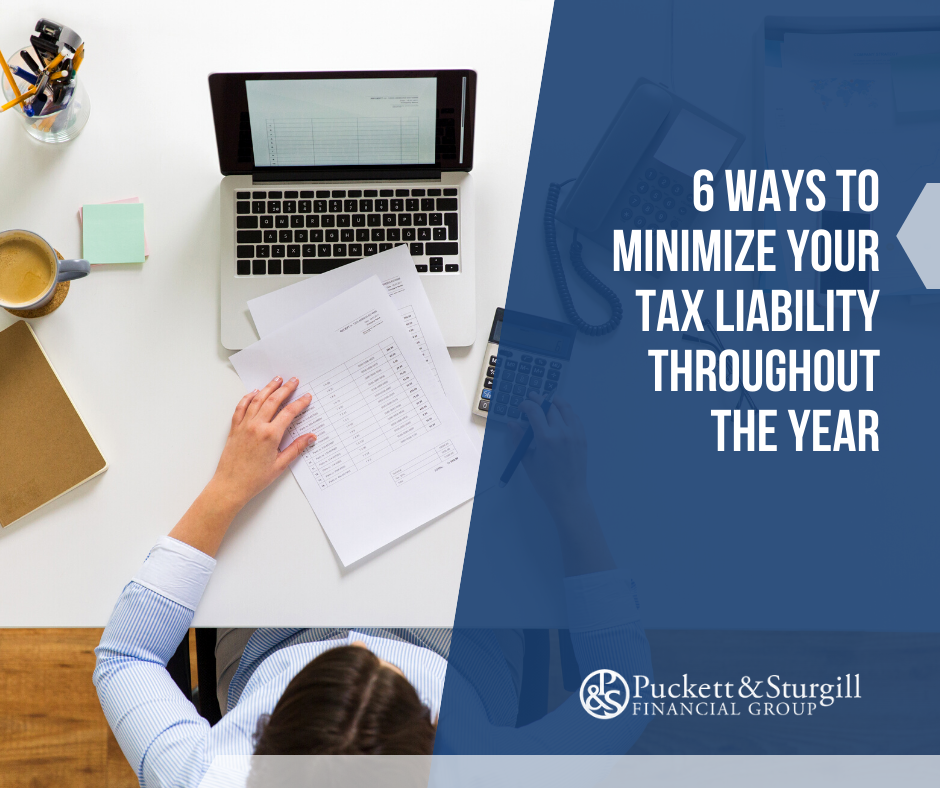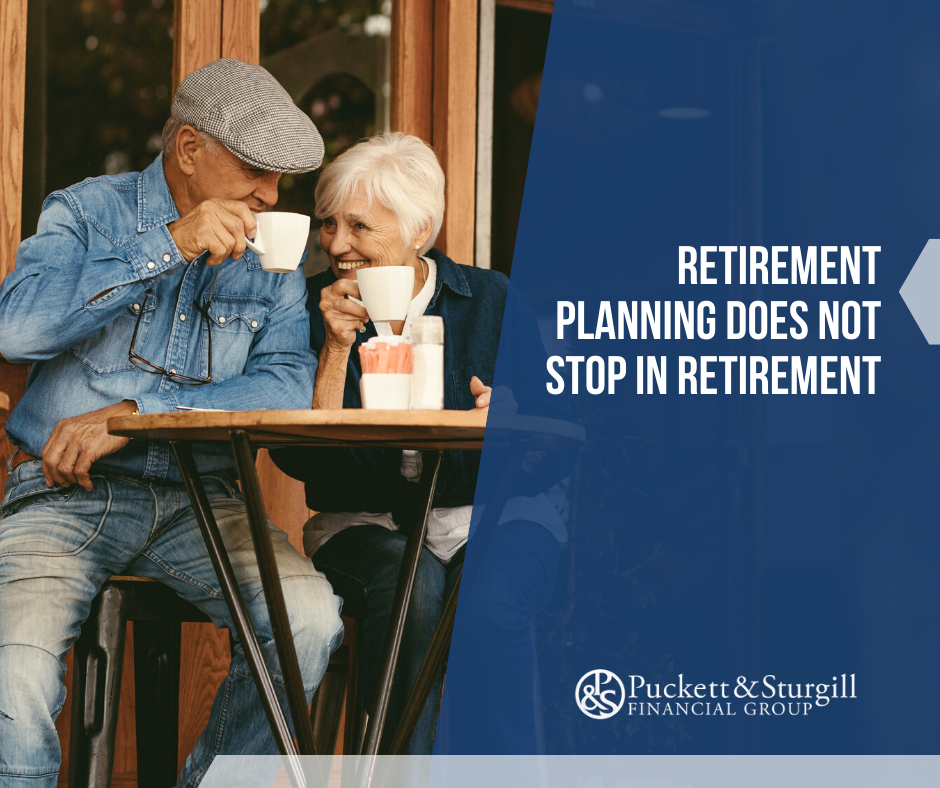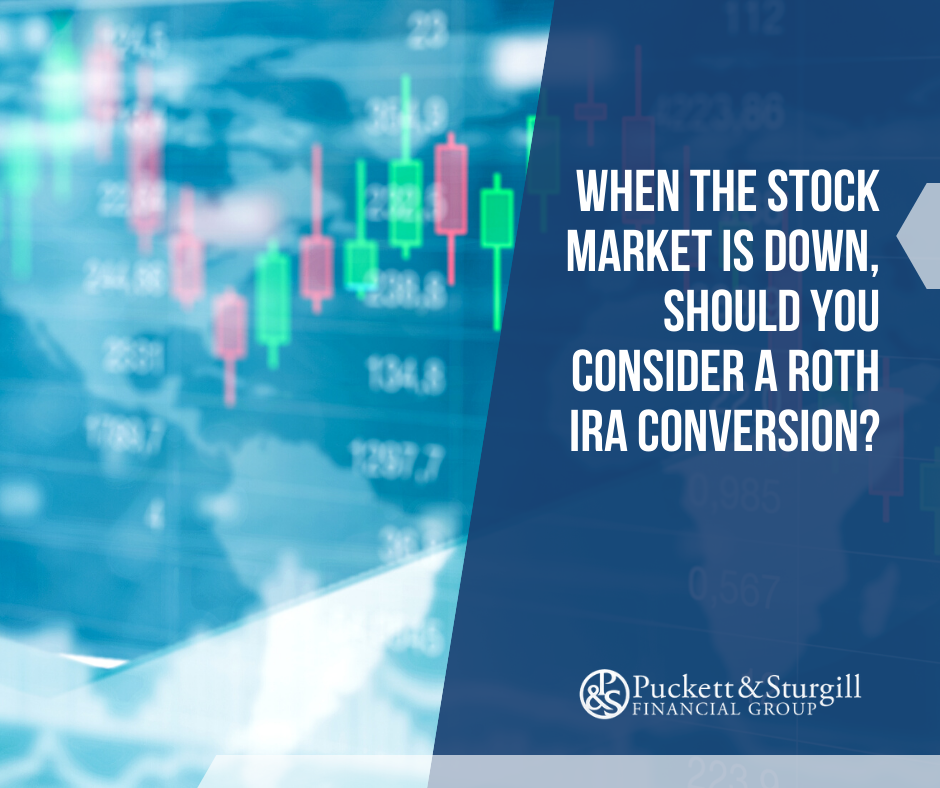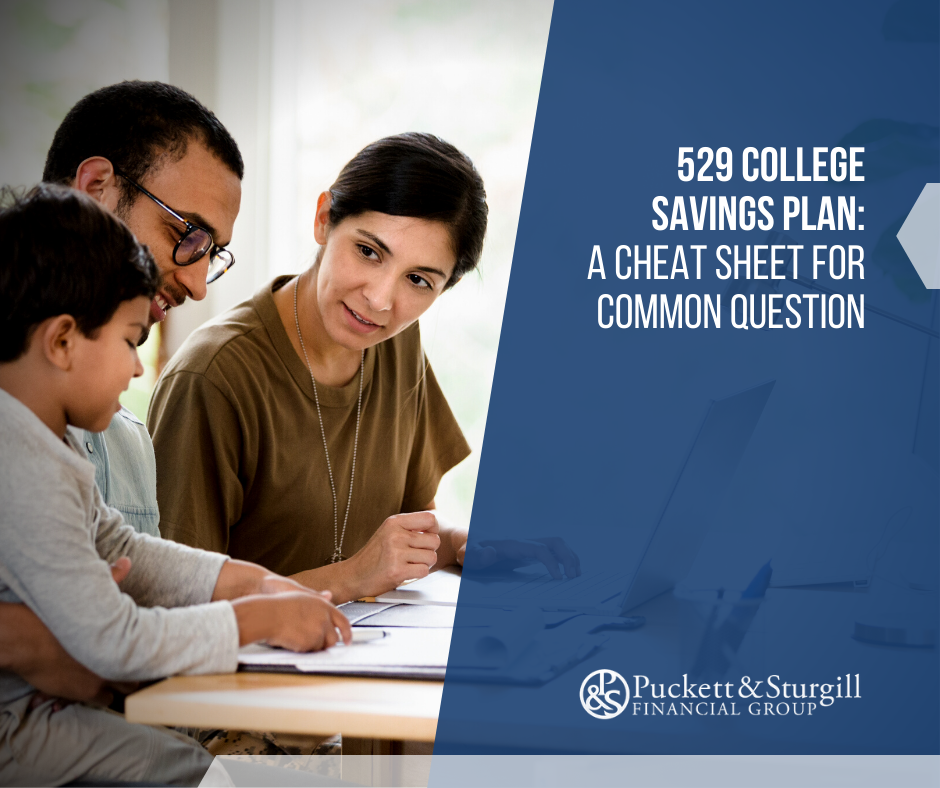
6 Ways to Minimize Your Tax Liability Throughout the Year
You don’t need to wait until the end of the year to look for ways to minimize your tax liability. Tax planning should take place throughout the year to have you prepared well ahead of tax season. Here are six ways to minimize your tax liability that you can implement any time before the end of this year: Update your payroll deductions– double check that you are claiming the correct deductions and taking advantage of pre-tax benefits that can help lower your taxable income, such as: Flexible spending accounts (FSAs)- a health savings account (HSA), healthcare insurance, a flexible spending account (FSA), commuter benefits, and childcare expenses. Maximize pre-tax retirement savings contributions– In 2022, you can contribute $20,500 to your employer’s retirement savings plan. If you are aged 50 or older, you can contribute an additional $6,500 to help lower your taxable income. Other Tax-liability Reduction Strategies Whether you’re an individual or a married couple, you can lower your taxable income while doing good for others by donating to an IRS-qualified charity. To take advantage of charitable tax deductions this year, you must make your donation before December 31st. Here are some common charitable donation strategies to consider: Qualified Charitable Distributions (QCDs) – If you’re age 72 or older, you can use a QCD to donate to an IRS-qualified charity of your choice directly from your IRA. The gift won’t qualify for a charitable deduction but will allow you to deduct the amount transferred to the charity from your taxable income. A QCD may be helpful if you won’t reach a level of itemized deductions to exceed the standard deduction amount on your taxes. The maximum amount you may












